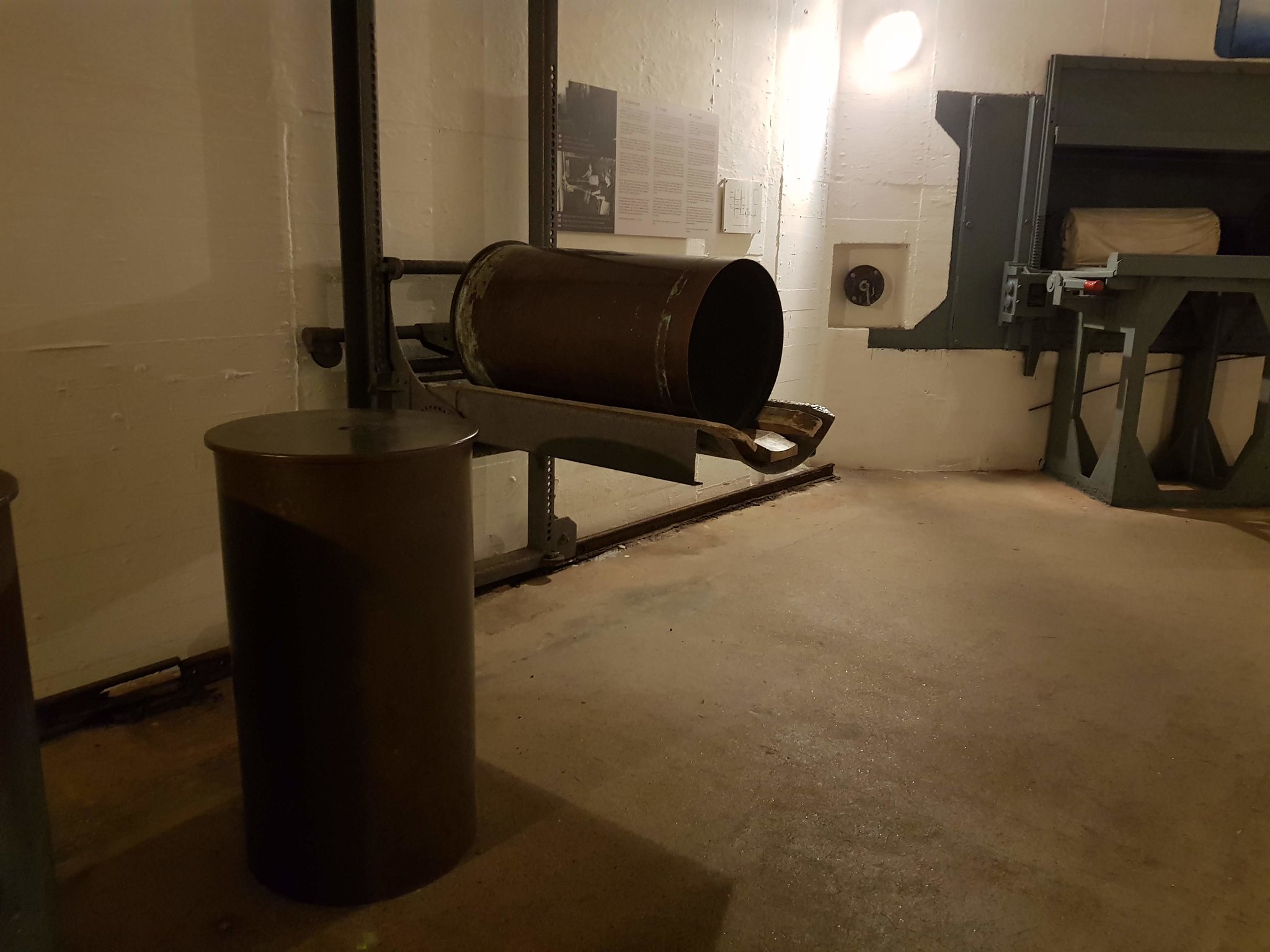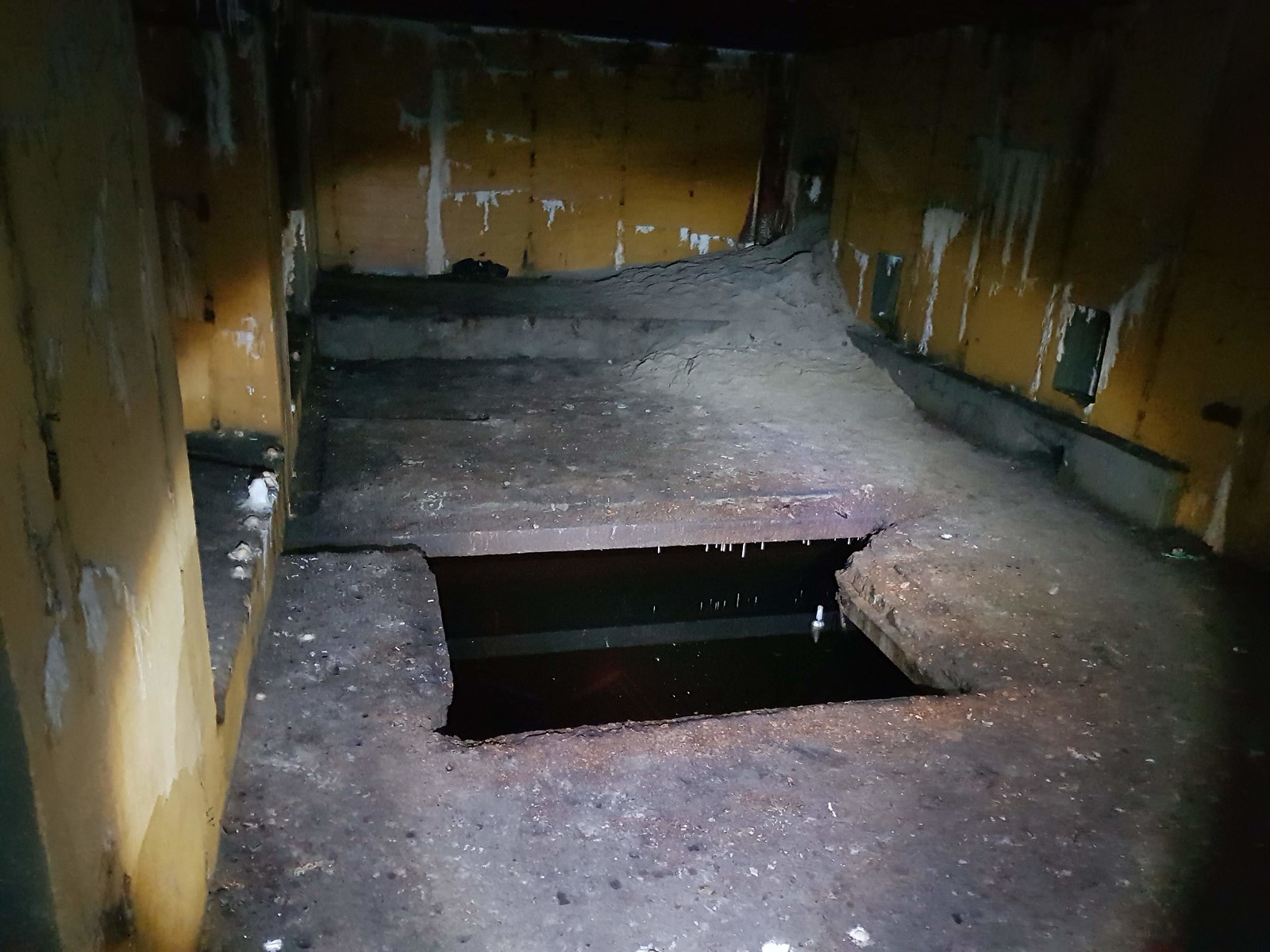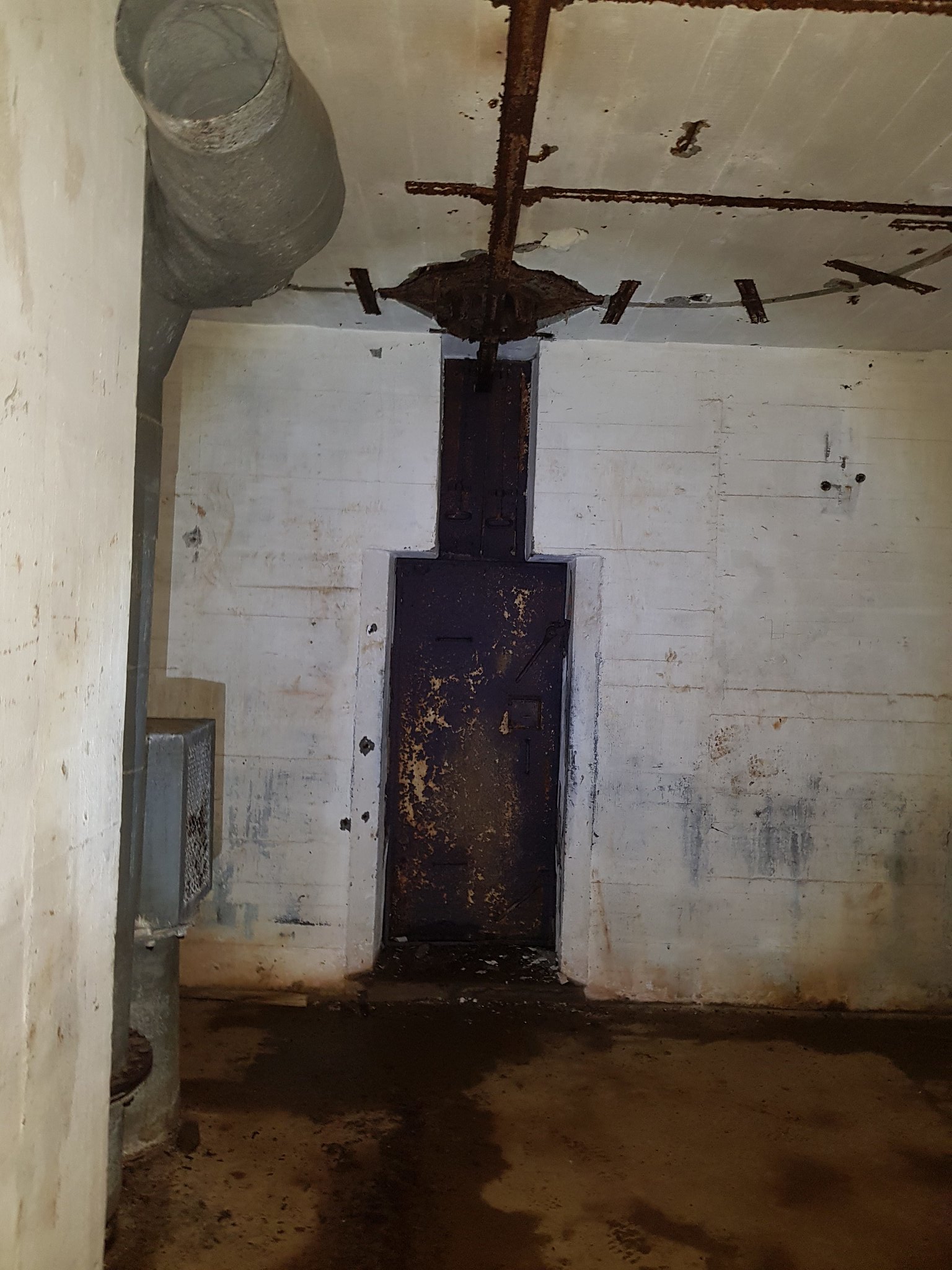exploring the atlantic wall and ww2 bunkers
The Atlantic Wall was a massive system of fortifications and defensive structures built by Nazi Germany along the western coast of Europe during World War II. It stretched over 2,000 miles, from the border of Spain all the way up to Norway. The purpose of the Atlantic Wall was to defend Germany against a potential Allied invasion from the west.
Construction of the Atlantic Wall began in earnest in 1942, after Hitler became convinced that the Allies would attempt a landing on the coast of Europe. The wall was composed of a series of bunkers, gun emplacements, minefields, and other defensive structures. The idea was that any Allied forces attempting to land on the beaches of Europe would be met with a wall of fire and steel.
The Atlantic Wall was a massive undertaking, and required an enormous amount of resources and manpower to construct. The Germans used forced labor from occupied territories to build the wall, and thousands of people died in the process. Despite this, the wall was never fully completed, and there were several weak points in the defenses.
Despite its flaws, the Atlantic Wall was an impressive feat of engineering and military strategy. The sheer scale of the wall was enough to deter the Allies from attempting a landing on the coast of Europe for several years. However, by 1944, the Allies had amassed a massive army and were ready to launch an invasion of Europe.
On June 6, 1944, the Allies launched the D-Day invasion, landing on the beaches of Normandy in northern France. The Atlantic Wall was put to the test, but ultimately proved to be insufficient in stopping the Allied forces. The Allies were able to breach the wall at several points, and eventually pushed the Germans back to Germany.
Today, many of the bunkers and other defensive structures that made up the Atlantic Wall still exist along the western coast of Europe. Some have been demolished or repurposed, while others have been preserved as historical sites or museums. These bunkers and fortifications serve as a reminder of the incredible engineering and military capabilities of Nazi Germany, as well as the horrors of World War II.
Exploring the Atlantic Wall and WW2 Bunkers
The Atlantic Wall was not just a physical barrier, but also a psychological one. The sheer size and scope of the wall was enough to intimidate the Allies and make them think twice about attempting a landing on the coast of Europe. However, the wall was not impenetrable, and the Allies eventually found a way to breach it.
One of the key components of the Atlantic Wall were the numerous bunkers that were scattered along the western coast of Europe. These bunkers served as defensive strongpoints, and were often heavily armed with artillery, machine guns, and other weapons. They were designed to withstand bombardment from land, sea, and air, and were often hidden from view to avoid detection by Allied forces.
The bunkers were built in a variety of shapes and sizes, depending on their location and function. Some were large enough to house several soldiers and their equipment, while others were smaller and designed for use as observation posts or machine gun nests. The bunkers were often interconnected by underground tunnels, allowing soldiers to move from one location to another without exposing themselves to enemy fire.
One of the most famous examples of a WW2 bunker is the Merville Gun Battery, located near the village of Merville-Franceville-Plage in Normandy. The battery consisted of four large bunkers, each housing a 100mm gun
 |  |  |
 |  |  |
 |  |  |
 |  |  |
 |  |  |
 |  |  |
 |  |  |
 |  |  |
 |  |  |
 |  |  |
 |  |  |
 |  |  |
 |  |  |
 |  |  |
 |  |  |
 |  |  |
 |  |  |
 |  |  |
 |  |
@atlantic_wall_explorers Explore WWII history #atlantic wall♬ original sound - atlantic wall
Pinterest boards

The Swiss guarantee your bunker's standard.
This is a powerful story. Hitlers Atlantic Wall is the mythological fortification that has been told for years. Here we examine the truth about the Atlantic Wall and discuss how this myth was propagated.

Regelbau is a type of standard-built bunker.
Guides you through the beaches, the cliffs, the tidepools, the forest, the city of Westerndlohndorf, the Westerndlohndorf castle ruins, the remains of the Atlantikwall, to get a glimpse of what life was like during the war.

Abandoned Bunkers of World War II
-Part of the Nazi military strategy during World War II-Purposeful "to prevent allied sea and land raids against Germany, aiming to isolate and conquer neutral Western Europe"--A total of 221,168 km of fortifications were built.

Amazing finds from hidden WWII bunkers.
-Serve as a physical deterrent against amphibious landings-Parts of the Wall were fortifications or dykes linked together-Construction of the Wall began in 1942, it was mostly complete by 1944-The extensive system of fortifications.

Regelbau is a type of bunker made to a standard.
The sight of the dark, musty bunkers is a reminder that Europe has a long history of the military choosing coastal areas to house its military installations. But it was neither intentional nor accidental, and the public response to it was mixed.

Their construction stopped in 1944
The images of the WWII bunkers that remind Europeans of their past in a dark way.

Regelbau companies can use their own logo
-The Atlantic Wall was an extensive system of coastal defense and fortifications built by Nazi Germany between 1942 and 1944-The construction of the Atlantic Wall was not an easy task-The Atlantic Wall was used to protect France from an invasion.

Celebrate the US Military and WWII
The Atlantic Wall was the name given to the defensive fortifications constructed along the coastline of Europe and the Middle East between 1936 and 1945.

The fortifications were destroyed by the
The Atlantic Wall was a defensive fortification constructed by Nazi Germany along the coast of Western Europe in preparation for an Allied invasion during World War II. The name is a misnomer, as the wall was actually constructed along the entire coastline of.

A type of bunker
The Atlantic Wall is a defensive fortification constructed by the Germans along the Atlantic coast of Europe during the period between 1941 and 1945.

Find out more about Regelbau
These images help us to rememberInterest: When I was younger, I visited some of the Atlantic Wall in Germany, and the experience was so powerful that I became obsessed with documenting them when I got older as these pictures are a reminder of the dark pastDesire: I once envisaged a time when these like-abandoned bunkers would be framed or inhabited, but the reason I'm documenting them now is to make it easier on a tourist's conscienceAction: Explore the Atlantic.

Regelbau is a type of bunker.
The ATLANTIKWALL, in Raversyde, is one of the best-preserved remains of the German defensive line.
You may also like:
- military training site bunker
- constructed by nazi germany during
- ww2 bunkers exposed to storms
- the atlantic wall 3d tours
- the ruins of atlantic wall
- works of the atlantic wall
- the atlantic wall was over 600 miles
- when was atlantic wall first built
- whats left of the atlantikwall
- established in 1939 the atlantikwall is the best
- build wwii museum
- a world without the atlantic wall
- Boards | Pinterest
- germany defended the coast from england
- the atlantic wall was a major blow to the allies
- to buy a bunker
- germany had the best soldiers
- atlantic wall oral history
- atlantic wall made of many porous walls
- walk atlantic wall
- hitler ordered the building of the atlantic wall
- find out more about the atlantic wall
- the chilling story of atlantic wall
- german coastal defence in norway during wwii
- questions about the atlantic wall
- the nazis built the atlantic wall
- storms exposed wwii anti
- received in germany until end of world
- see remaining atlantic wall today
- what was the atlantic wall
- the building of atlantic wall began in
- built by nazi germany to protect reich
- where the atlantic wall is
- the atlantic wall re enactment
- Profile | Pinterest
- learn
- atlantic wall is home to bunkers
- get started building your own atlantic wall now
- what is the atlantic wall
- the atlanticwall protected atlantic
- hitler built atlantic wall



















































































Comments
Post a Comment